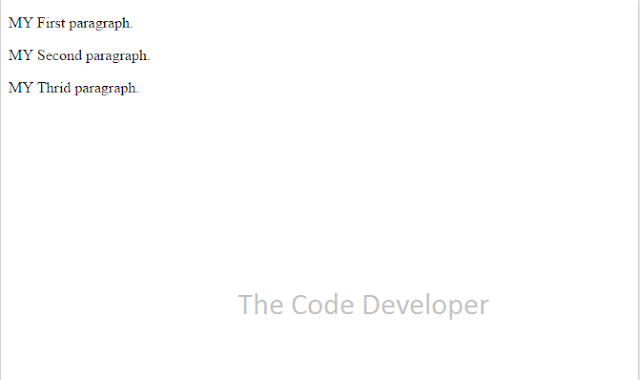Text Formatting
This text is bold
This text is italic
This is subscript and superscript
HTML Formatting Elements
In the previous chapter, you learned about the HTML style attribute.
HTML also defines special elements for defining text with a special meaning.
HTML uses elements like <b> and <i> for formatting output, like bold or italic text.
Formatting elements were designed to display special types of text:
- <b> - Bold text
- <strong> - Important text
- <i> - Italic text
- <em> - Emphasized text
- <mark> - Marked text
- <small> - Small text
- <del> - Deleted text
- <ins> - Inserted text
- <sub> - Subscript text
- <sup> - Superscript text
HTML <b> and <strong> Elements
The HTML <b> element defines bold text, without any extra importance.
Example
<b>This text is bold</b>
The HTML <strong> element defines strong text, with added semantic "strong" importance.
Example
<strong>This text is strong</strong>
HTML <i> and <em> Elements
The HTML <i> element defines italic text, without any extra importance.
Example
<i>This text is italic</i>
The HTML <em> element defines emphasized text, with added semantic importance.
Example
<em>This text is emphasized</em>
HTML <small> Element
The HTML <small> element defines smaller text:
Example
<h2>HTML <small>Small</small> Formatting</h2>
HTML <mark> Element
The HTML <mark> element defines marked or highlighted text:
Example
<h2>HTML <mark>Marked</mark> Formatting</h2>
HTML <del> Element
The HTML <del> element defines deleted (removed) text.
Example
<p>My favorite color is <del>blue</del> red.</p>
HTML <ins> Element
The HTML <ins> element defines inserted (added) text.
Example
<p>My favorite <ins>color</ins> is red.</p>
HTML <sub> Element
The HTML <sub> element defines subscripted text.
Example
<p>This is <sub>subscripted</sub> text.</p>
HTML <sup> Element
The HTML <sup> element defines superscripted text.
Example
<p>This is <sup>superscripted</sup> text.</p>
HTML Text Formatting Elements
Tag Description
<b> Defines bold text
<em> Defines emphasized text
<i> Defines italic text
<small> Defines smaller text
<strong> Defines important text
<sub> Defines subscripted text
<sup> Defines superscripted text
<ins> Defines inserted text
<del> Defines deleted text
<mark> Defines marked/highlighted text
Data Source: www.w3schools.com

